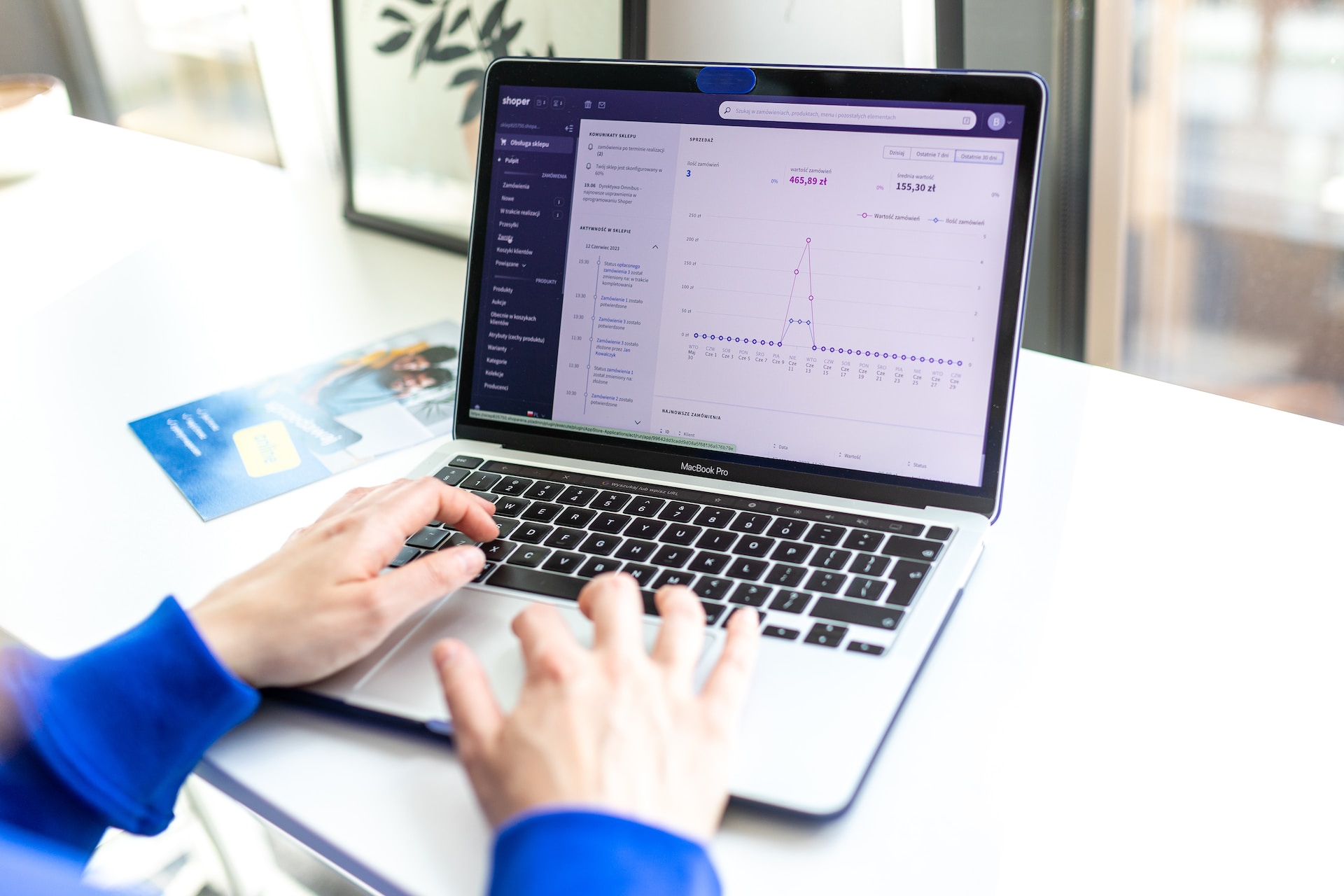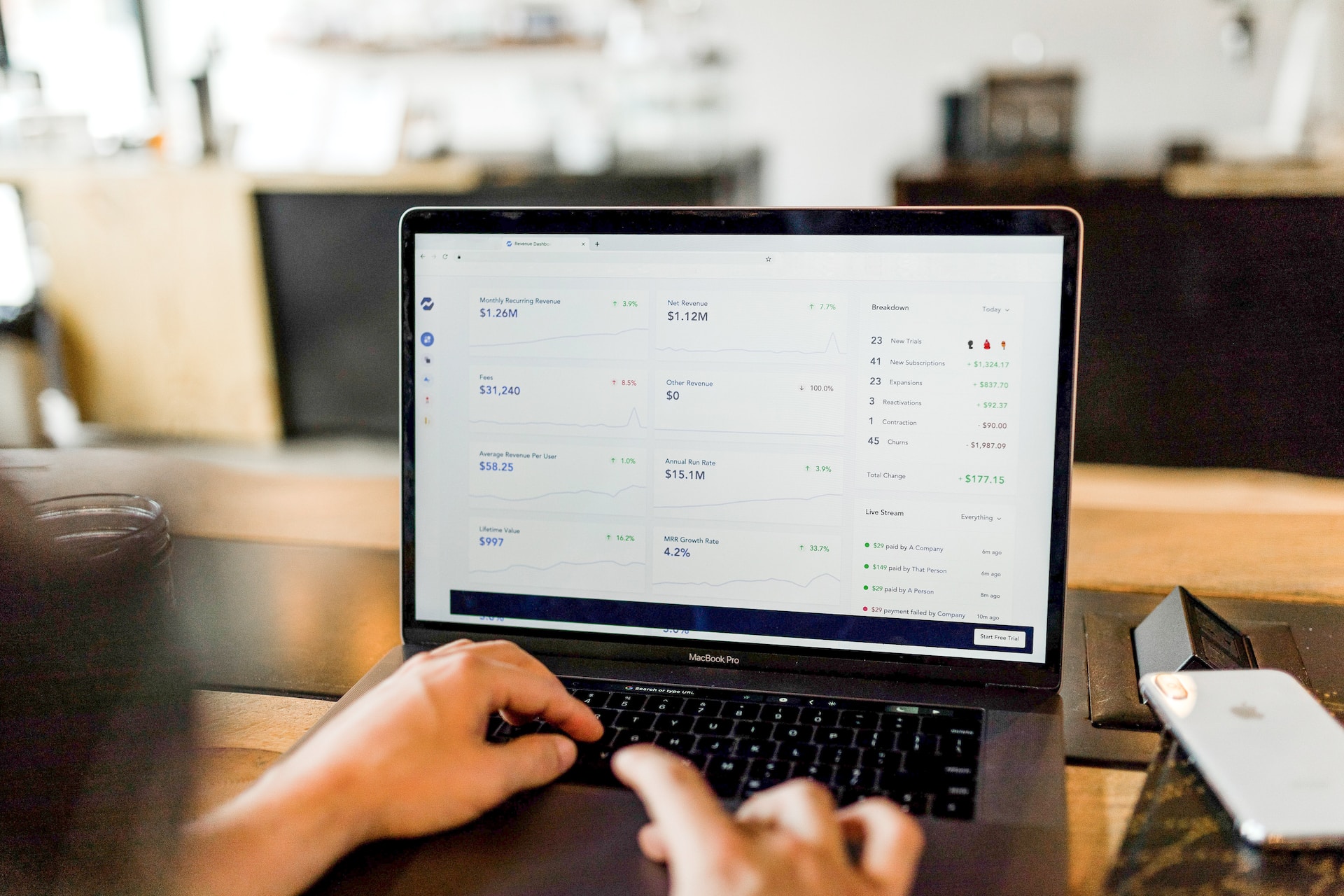In the fast-paced world of e-commerce, staying ahead of the competition requires more than just a compelling product range or a sleek website. One key factor that often gets overlooked is competitor price monitoring. It’s not just about keeping an eye on what the other business is doing; it’s about using that information to make smart, strategic decisions. In this guide, we’ll explore why monitoring competitor prices is essential for your online business, how it can benefit you, and the steps you can take to start doing it effectively.
Why Should You Monitor Competitor Prices?
Stay Ahead of the Game
Knowing how your prices stack up against the competition enables you to make informed pricing decisions, so you’re not priced too high or too low. Being competitive in pricing increases your chances of winning the customer.
Prices aren’t static; they can change multiple times a day. Monitoring these changes can help you adapt your own pricing strategies in real-time, which can be especially useful during high-demand periods like holidays or sales events.
Understand Market Trends
Regularly watching your competitors’ pricing can give you valuable insights into market trends, including seasonal price changes, sales cycles, and more. This can help you plan your own sales, discounts, and inventory.
How to Monitor Competitor Prices: A Step-by-Step Guide
Step 1: Identify Your Key Competitors
The first step is figuring out who your main competitors are. You might be tempted to track everyone, but focus on those that are most relevant to your market, customer base, and product range.
Step 2: Choose the Right Tools
In the realm of e-commerce, time is money. Manual methods of monitoring competitor prices can be time-consuming and prone to errors. Fortunately, there’s a range of automated tools designed specifically for this purpose. Software like PriceLab can simplify the process and make it more accurate.
Features to Consider:
- Real-Time Tracking: In a volatile market where prices can change multiple times a day, real-time tracking capabilities are essential.
- Reporting Capabilities: Look for tools that provide detailed reports, enabling you to understand pricing trends over time. Some tools offer downloadable spreadsheets, graphs, and even predictive analytics to help you make informed decisions.
- Ease of Integration: A good price tracking tool should be able to integrate seamlessly with your existing e-commerce platform and inventory management systems. This allows you to automate the process even further, pulling in your own pricing data for direct comparison.
- User Experience: While it may be a backend tool, usability still matters. The easier a tool is to navigate, the quicker you can get to the insights that matter.
- Customizable Alerts: Being able to set up custom alerts means you’ll be notified the moment a competitor changes a price, allowing you to take immediate action if necessary.
- Scalability: As your business grows, you’ll want a tool that can grow with you. Check if the software allows you to easily add more products or categories to track.
Step 3: Decide What to Track
Are you looking to monitor the prices of specific SKUs, entire product categories, or perhaps shipping fees? Decide on the metrics that are most relevant to your business.
Step 4: Set Up Alerts
Many price monitoring tools offer alert features, which notify you when a competitor changes a price. This enables you to respond quickly and adapt your pricing strategy as needed.
Step 5: Analyze the Data
Simply collecting data won’t help if you don’t analyze it. Look for patterns, such as how often your competitors change prices, and what kind of products they seem to focus on. Use these insights to inform your own pricing strategies.
Step 6: Take Action
Based on your analysis, make informed decisions. Do you need to lower your prices to stay competitive? Or perhaps you can afford to raise prices on certain items without losing market share. The goal is to turn insights into action.
Step 7: Keep Monitoring and Adjusting
Competitor price monitoring isn’t a one-time task; it’s ongoing. The market is always changing, and regular monitoring helps you stay agile and adapt to new conditions.
Competitor price monitoring is a vital activity for any e-commerce business. By systematically keeping an eye on your competitors’ pricing strategies, you can make informed, data-driven decisions that keep you competitive in your market. The key is not just to collect data, but to analyze and act upon it effectively. In a market where consumer choices are abundant, the insights gained from competitor price monitoring can give you the edge you need to succeed.





